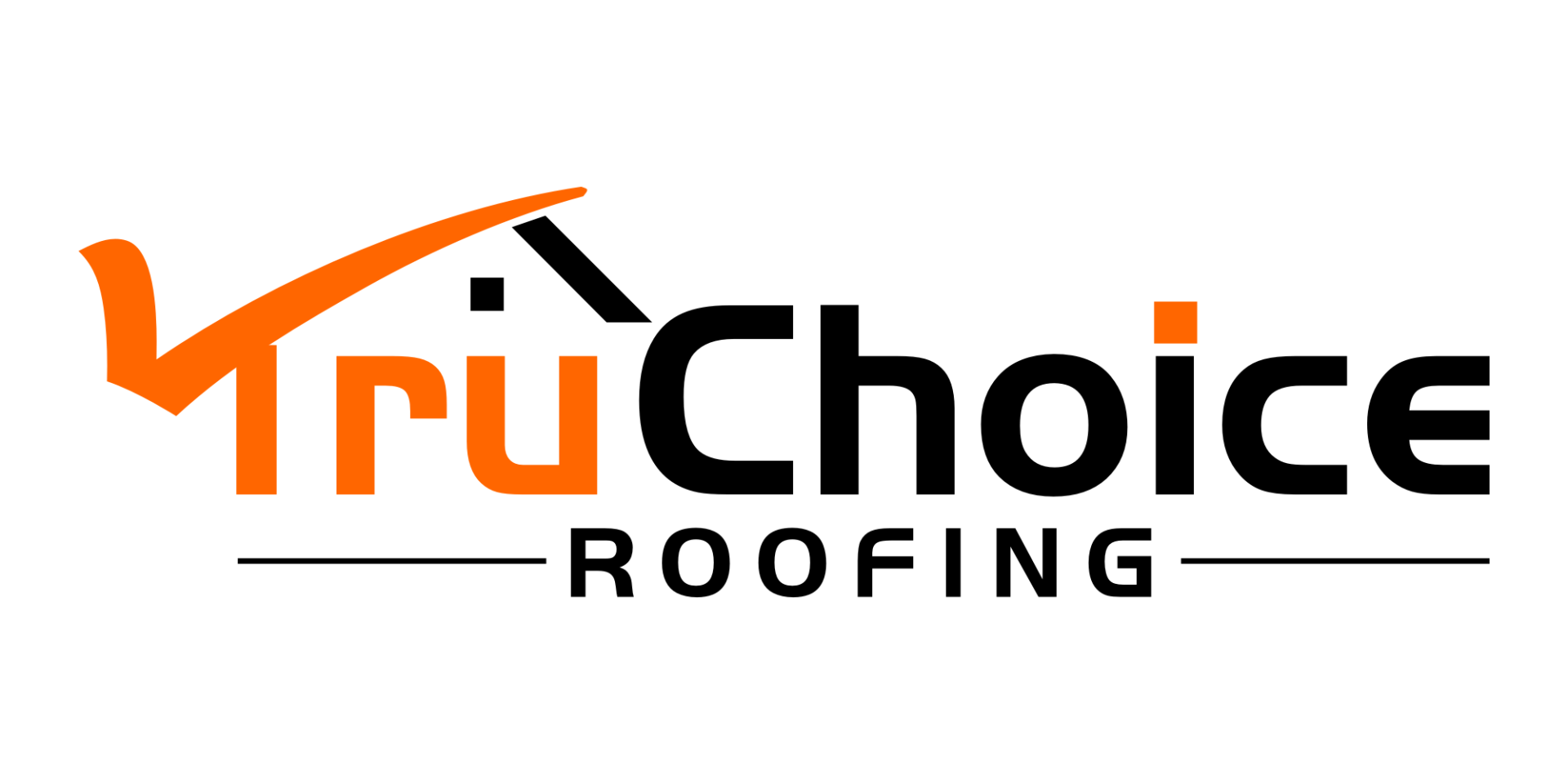10 Point TruCheck Roof Inspection
1. Shingle Inspection
Getting regular roof inspections is important so you can identify issues before they get out of hand. For example, damaged or missing shingles can be replaced before your roof starts to leak if they're caught early enough.
2. Decking Inspection
Checking the decking for any potential rot or water damage is important to head off bigger problems in the future.
3. Attic Inspection
The wood substrate (or underlying supporting material for a roof) is typically made of 4′ x 8′ sheets of plywood or 1″ x 6″ roof boards. During an attic inspection, we asses the wood’s overall condition and also look for:
-Water stains due to a previous or current roof leak.
-Wood that is delaminated (or peeling apart) – usually caused by too much moisture inside the attic.
-Buckling or sagging plywood can be caused by a combination of issues including: too much moisture, missing plywood clips or another underlying structural problem.
-Broken/cracked trusses may look like minor damage, but if a single truss is compromised, the surrounding trusses have to bear more weight than they were designed to do.
4. Chimney Flashing Inspection
Your home's chimney set is at the highest point of your home which makes it very vulnerable to damage. It is always a good idea to have your chimney inspected.
5. Boot & Seal Inspection
Pipe boots wrap around plumbing vents to create a waterproof seal that prevents them from leaking. Over time, the rubber seal will crack, split, or pull away from the boot, which could cause a potential leak.
With a TruCheck Roof Inspection we can quickly catch this issue and save your home from water damage.
6. Ventilation Inspection
Appropriate attic ventilation requires an optimum ratio of exhaust ventilation and intake ventilation. If the two aren’t in perfect equilibrium, you’re going to have issues. TruChoice makes sure your ventilation is setup correctly.
7. Building Code Inspection
New Paragraph
8. Full Gutter Inspection
We make sure the gutters are cleaned out first and foremost. There’s more to inspecting your gutters than just making sure they’re clean though. We also want to make sure they’re properly affixed to the house. Heavy rain, winds, and the weight of water in a clogged gutter can cause them to pull away from the home.
Lastly, we check the joints, the areas that the section of the gutters attach to each other and the gutters attached to the downspouts. Lastly make sure the end of your gutters are flowing well away from the home.
9. Shingle Brittle Test
It is important to perform a brittle test in order to determine whether or not any potential roof damage is repairable or the whole roof needs replaced.
10. Gutter Guard Inspection
New Paragraph
Quick & Reliable
Servicing Fort Wayne and surrounding areas.
Location
112 Lincoln Highway W.
New Haven, IN 46774
Info@truchoiceroofing.com
Call
260-222-8812
All Rights Reserved | TruChoice Roofing





